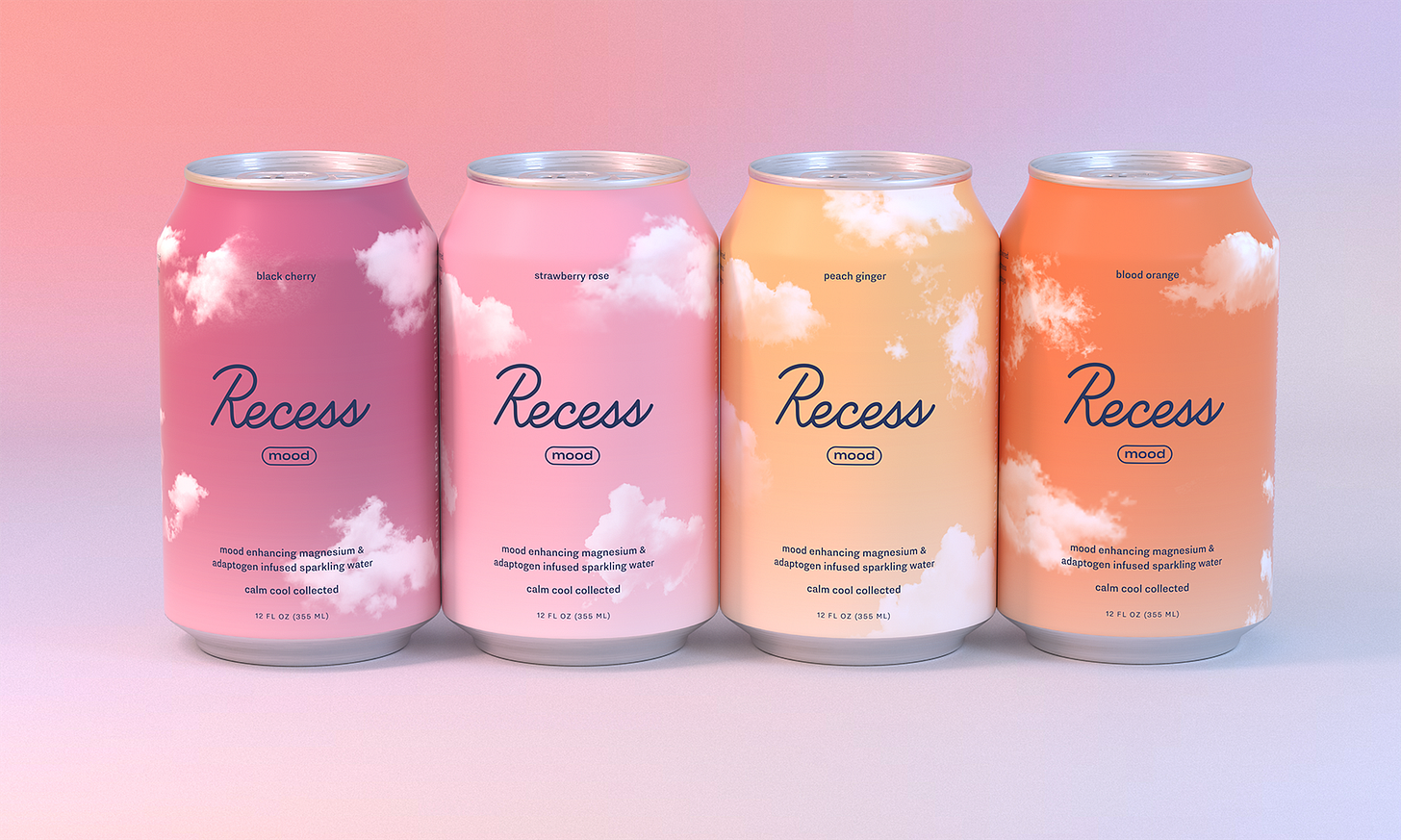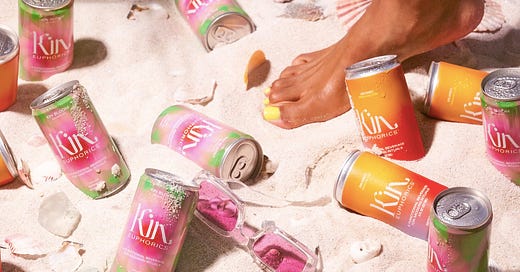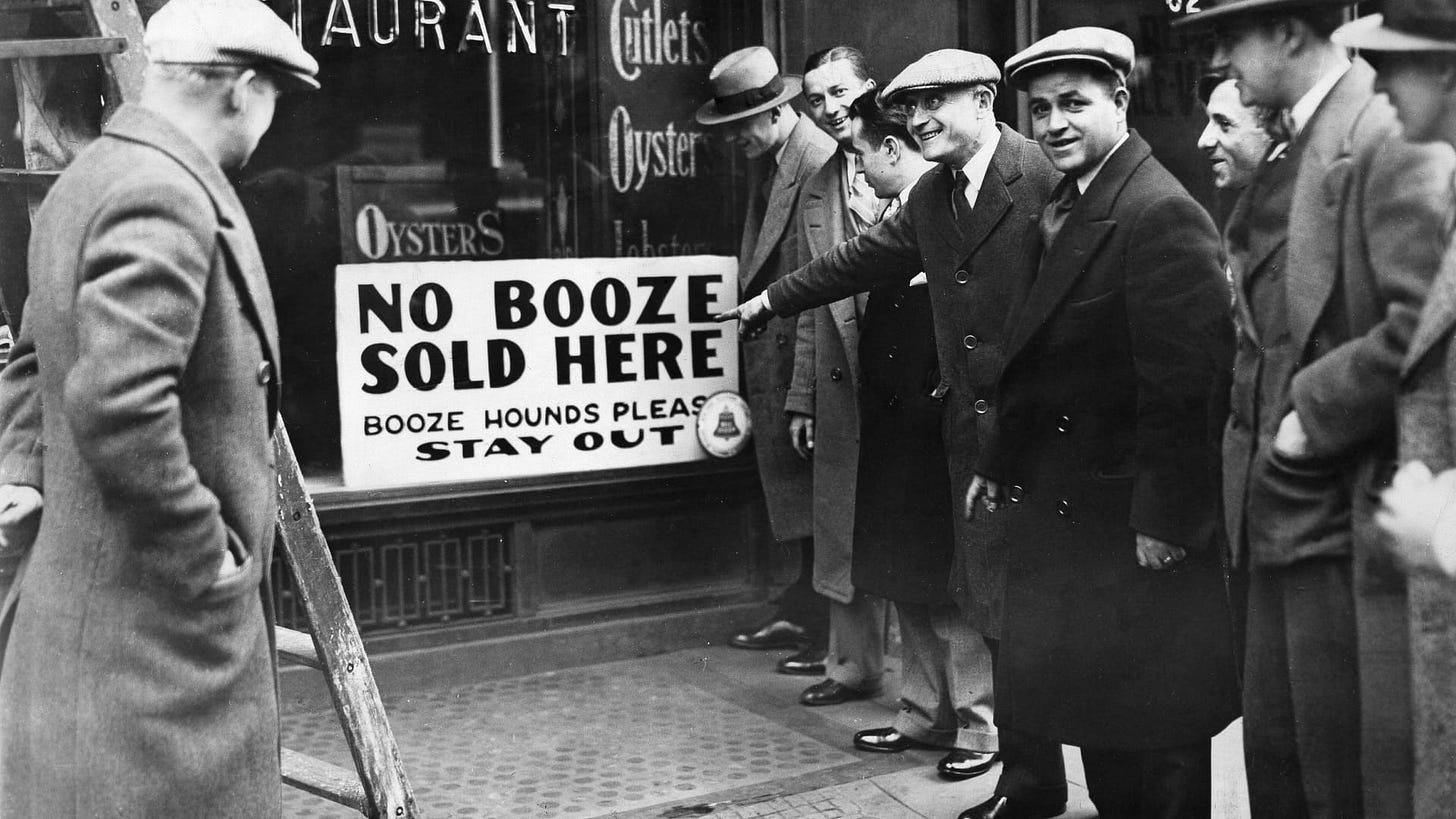The end of prohibition, the 13-year ban on alcohol in the United States, was fundamentally the last time that the industry experienced any sort of category opportunity. After much displeasure from the public, the repeal of the 18th amendment in 1933 was the last major opportunity for easy market entry. To this day, large conglomerates like AB InBev monopolize store shelves and bars.
Since 2010, a new market opportunity has opened up, to cater to the consumer frustrated with all of the negative effects of alcohol. New market categories have opened up to appeal to them, from lower-alcohol seltzers to drinks promising psychological effects without any alcohol at all.
I’d say a leading indicator of a shift to low-or-no alcohol lifestyles was the explosion of hard seltzers as their own unique retail category - beginning with White Claw in 2012. These products presented a unique market opportunity to sell to the younger, more recreational consumer (read: college kids) for several reasons:
Apart from regular beers, no low-alcohol options around 5% ABV exist.
Although the aperitif has always existed as a flavored, lower-abv option compared to liquor, these are usually significantly more expensive per fluid ounce and not sold in large enough quantities for recreational drinking at events. Also, even the lowest-alcohol aperitifs (15-25% ABV) are still too strongly flavored to be consumed on their own for the American consumer who’s used to sweetened mixed drinks.
There’s a huge difference in the level of product education needed to sell a specialty beer to a recreational drinker. Forget hops, IPAs, malts, and more - none of this needs to be understood by a seltzer buyer. This is why even within the seltzer category, smaller brands like Bon & Viv have taken off, while beer brands of similar market share still fight for shelf space and to be listed on brewery menus. They’re significantly easier to sell.
The hard seltzer takeoff over the past ten years has been indicative of a larger change in attitudes towards alcohol purchases. Consumers now have an entire category of drinks that are easier on the body. A similar takeoff happened in the natural/organic wines category, at 12% CAGR, as people began to realize that sulfur dioxide (used as a bleach, a disinfectant, and more unsavory ways) is found in almost every bottle you buy off the shelf.
Large alcoholic beverage manufacturers entered the seltzer category with such speed and force that no venture-backed emerging brand really stood a chance. The more eminent market opportunity eventually became a new category of drinks with no alcohol at all - and we aren’t talking mocktails. Various vaguely psychoactive agents, such as adaptogens, extracts of mushrooms, forms of the marijuana plant, and nootropics.
All of the chemicals listed above, fall into a category of regulatory question marks. They’re all substances that can be basically sold at any grocery store in the US, put into a wide variety of products without FDA questioning, and anecdotally produce favorable psychological effects. The reason I say “anecdotally” here is due to a lack of research. The only large-scale evidence of many of these agents doing anything predictable to the mind comes in the form of glistening product reviews.
In 2018, the Agricultural Improvement Act legalized large-scale farming of hemp, which is in turn used to make CBD. In the wake of this, the drink brand Recess was founded. Although hemp is related to marijuana, it is federally legal, and is allowed to be used in products reaching a far wider set of customers than dispensaries.

On the company’s website, the alleged effects of the drink are spelled out in no unclear terms, right on the packaging. Calming. Mood-lifting. Balancing. Surprised to see these claims directly plastered onto a drink can? By using ingredients that exist in a regulatory gray area, Recess is legally allowed to advertise with such strong language. In fact, so strong, that even established alcohol brands aren’t allowed to do this, since it would be “promoting health claims” regardless of what alcohol’s societally acknowledged effects are.
Advertising freedom gives brands in the alcohol alternatives category a leg up in product education, likely contributing to their easy popularity. In fact, Recess founder Benjamin Witte founded the company believing the beverage industry paid too much for advertising, and organic product discovery on the shelf and through peers was a much more sustainable way to grow the business.
An alternative to these drinks that doesn’t contain marijuana plant derivatives is Bella Hadid’s Kin Euphorics. If an alcohol brand tried to describe itself as a “euphorics” company, a handful of three-letter government agencies would immediately knock at their door. While many celebrities have spun up traditional alcohol brands (Kendall Jenner’s 818 comes to mind), this brand is the first step away from that.

The primary active ingredients in these drinks are botanical extracts and known psychoactive ingredients:
L-Theanine, studied for its effects on anxiety
GABA, a neurotransmitter
L-Tyrosine, a nonessential amino acid
In isolation, all of these ingredients are regulated by the FDA as ingredients in supplements, which have to undergo review before being able to make claims directly on their packaging. The strange legal loophole here is that these “euphoric” products can put all of these ingredients in combination, put even loftier claims in their advertising, and yet are still subject to less regulatory oversight.
The brand identity of Kin Euphorics is full of terms alluding to spirituality. It self-describes its founding as a “karmic collision” and repeatedly refers to rituals. This appeals heavily to a large portion of its target market (young women) who choose to go to a lower-alcohol lifestyle for psychological reasons - wanting to experience social events in a more aware state, or wanting to avoid “hangxiety”.
Whether or not these alternatives to alcohol are dangerous is yet to be studied in depth. As more alternatives pop up on the market, enjoy all of them (0% abv or not) responsibly. Cheers!



